Nibbling: The Great Dane Greeting Card
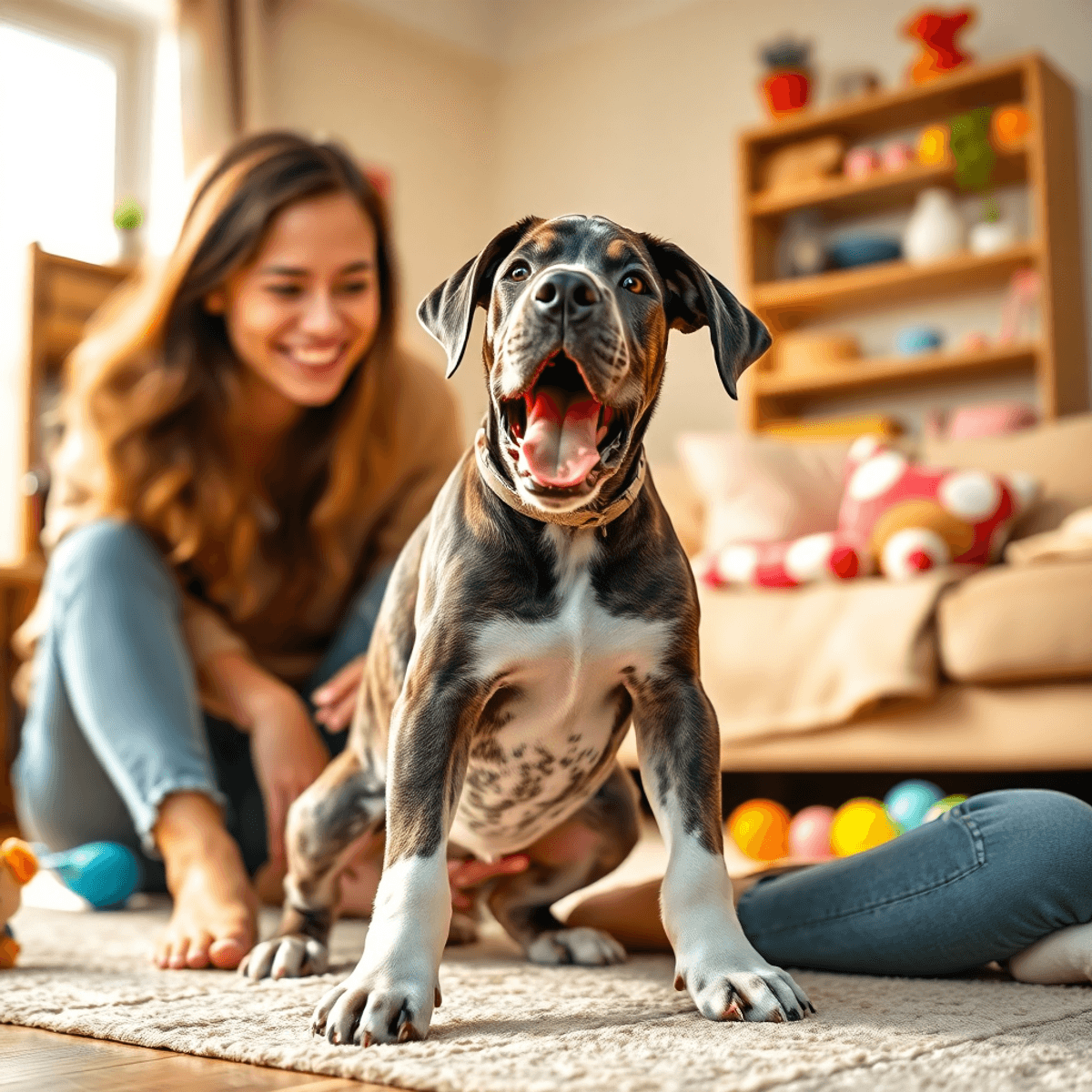
Why Does My Great Dane Bite My Ankles
Woof! Hi there, humans! It’s me, your gentle giant Great Dane, and I need to explain something important about why I sometimes nibble on your ankles.
First off, let me say I’m really, really sorry if I’ve scared you! I know I’m huge – like, REALLY huge – but I promise I’m not trying to be mean. Sometimes I bite ankles because I’m protecting our house. When strangers come over, my big dog brain thinks, “Wait a minute! Who are these people walking around MY territory?” So I might give a little warning chomp to let them know I’m the sheriff around here.
Other times, I might be hurting somewhere and don’t know how to tell you. Us dogs can’t exactly point to our paw and say “Ouch!” So instead, I might act grumpy and snap at the closest thing, which happens to be your ankles since you’re so much shorter than me!
But honestly? Sometimes I’m just bored out of my giant mind! Do you know how much energy is packed into this enormous body? When I don’t get enough walks or playtime, I start looking for entertainment. And your moving ankles look pretty fun to chase and play with!
The good news is that once you figure out what I need – whether it’s exercise, a vet check, or just some training – we can fix this ankle-biting situation. I want to be your best buddy, not your ankle nemesis!
Understanding Territorial Instincts
So here’s the deal: sometimes I bite ankles, and I know you guys think it’s not very pleasant. But trust me, there’s a good reason! See, I’ve got these built-in instincts that tell me I need to protect my territory. And guess what? You’re part of my territory now – lucky you!
When I see strangers walking around MY house, something in my giant doggy brain says, “Hey, better check this out!” Those ankle nibbles? That’s just me saying, “Excuse me, but who said you could walk around here without my permission?” I’m not trying to be mean – I’m trying to be a good guard dog!
The thing is, I consider all of you my family, and this whole house is basically my kingdom. So when someone new shows up, my instincts kick in and I think, “Time to show them who’s boss around here!”
But here’s the funny part – even though I’m huge, I still go for the ankles like I’m some tiny ankle-biter. Go figure!
The good news is that you can help me chill out about this whole territory thing. Training helps me understand that not everyone is a threat, and meeting lots of different people makes me way more relaxed. Regular interactions with diverse people and animals can promote well-rounded behavior and build my confidence.
When I feel confident and secure, I’m much less likely to turn into an ankle-chomping monster.
Pain-Induced Aggression in Great Danes
You probably think of us Great Danes as gentle giants, and you’re right! We’re basically like living, breathing teddy bears who happen to be the size of small horses. But here’s the thing – sometimes when we’re hurting, we might act a little grumpy. I know, I know, it’s hard to imagine someone as awesome as me getting cranky!
When we’re in pain, we might do things that seem totally out of character, like snapping at your ankles. Trust me, we don’t want to be mean! It’s just that when something hurts, our brain goes into “protect mode” and we might react without thinking. It’s like when you stub your toe and accidentally yell at your little brother – same idea, different species.
Here are some things that might make us feel anxious or uncomfortable, which could lead to us acting not-so-nice:
- Old injuries that still bug us (that time I ran into the glass door still haunts my hip)
- Health problems we can’t tell you about (if only we could text!)
- When you move the furniture around (seriously, where did my favorite napping spot go?)
- Not meeting enough people when we were puppies (we’re naturally shy giants)
- Loud noises that make our ears hurt (your vacuum cleaner is basically a monster)
Sometimes, our discomfort can be linked to underlying issues like skin infections, which may cause us to react defensively.
The good news is that we want to be your best friend! We need you to help us feel safe and comfortable.
We just want to be your best friend, so help us feel safe and comfy!
And maybe give us extra treats when we’re having a rough day – that always helps!
The Role of Play Behavior and Teething
As I grow up, my teething and playtime are crucial for learning about the world.
When my gums hurt from new teeth coming in, I like to use my mouth to play and nibble on things – it makes me feel so much better!
I know this might bug my humans sometimes, but it’s just how I figure out what’s around me and have fun with everyone.
I need my family to understand that this is normal for me.
The best thing they can do is give me awesome chew toys that feel good on my sore gums.
When they show me it’s better to chew on my toys instead of their feet, I start learning the rules while keeping my mouth happy. Bite inhibition helps me and my humans become better friends and understand each other way better.
Socialization and Fear-Based Reactions
Hey there, fellow humans! It’s me, your friendly neighborhood Great Dane, and I want to talk about something super important – how we big dogs learn to be brave instead of scared.
You see, sometimes we Great Danes get a little nervous about new stuff. I mean, can you blame us? We’re basically the size of small horses, but sometimes a tiny chihuahua can make us jump! When we get scared, we might do things like nip at ankles (sorry about that, by the way – it’s not personal).
The good news is that you humans can help us become more confident! Here’s what works great for us:
- Take us to new places slowly – we don’t want to go from couch potato to visiting the circus in one day!
- Let’s meet other dogs and people in a chill way – forced friendships are awkward for everyone.
- Help us figure out what your weird human signals mean (seriously, why do you point at things so much?).
- Give us treats when we stay cool instead of freaking out – we’re always down for snacks.
- Call in the dog experts if we’re still acting like scaredy cats.
Remember, early socialization is vital for preventing aggression or dominance issues, so with a little patience and lots of treats, even the most nervous Great Dane can learn to strut around like the gentle giant we’re meant to be!
Attention-Seeking Behavior and Management Strategies
Hey there, humans! So, listen up – sometimes us Great Danes get a little… bitey with your ankles. I know, I know, not our best look when we’re basically the size of small horses, right?
Here’s the deal: when you’re ignoring us or we’re super bored, those ankles start looking pretty tempting. It’s not that we’re mean or anything – we just really, really want to hang out with you! Think of it like poking your friend when they’re not paying attention, except we use our teeth—probably not our most brilliant move.
The good news? You can help us kick this habit! Set up some fun playtime every day so we know when it’s party time. Throw us some cool toys to chew on instead of your poor feet.
And hey, when we do that ankle-nipping thing, don’t give us attention for it – even yelling counts as attention to us dogs! Plus, regular exercise and physical activity can help reduce our boredom and anxiety, making us less likely to nip at your ankles.
Train us to do something way cooler instead, like giving you a gentle nose bump when we want pets. We’re pretty smart cookies (speaking of cookies…), so we’ll figure it out fast.
Trust me, once you understand that we just want to be your best buddy, we can work together to save your ankles and have way more fun. Win-win!
Final Thoughts
Look, I know it seems weird, but there’s a lot going on in my giant brain when I do this! Sometimes my old instincts kick in, and I think I need to herd you around like my ancestors did. I’m not trying to be mean – I just want to make sure you’re going where you’re supposed to go!
Other times, my paws or joints might be hurting, and when I’m uncomfortable, I don’t always make the best choices. It’s like when you get cranky with a headache, except I express it by gently chomping on your feet.
And honestly? Sometimes I just want to play! I’m basically a horse-sized puppy, and ankle-biting seems like a fun game to me. I don’t realize how big and strong I am compared to your tiny human ankles.
The truth is, I might not have learned proper doggy manners when I was little. If I didn’t get to hang out with other dogs much, I missed out on knowing that ankle-biting isn’t cool.
But here’s the good news – I want to make you happy! If you help me learn better ways to get your attention and give me lots of patience and treats, I promise I can turn my ankle attacks into gentle nose boops instead. We can figure this out together and make everyone happy!
References
- https://www.bestattorney.com/dog-bites/great-dane-dog-breed.html
- https://www.dogbitekinglasvegas.com/great-dane-bites/
- https://iheartdogs.com/how-to-stop-a-great-dane-puppy-from-biting-a-comprehensive-guide/
- https://a-z-animals.com/blog/when-your-great-dane-is-aggressive-what-to-do-and-how-to-fix-it/
- https://www.youtube.com/watch?v=exN4Pxybx1Q
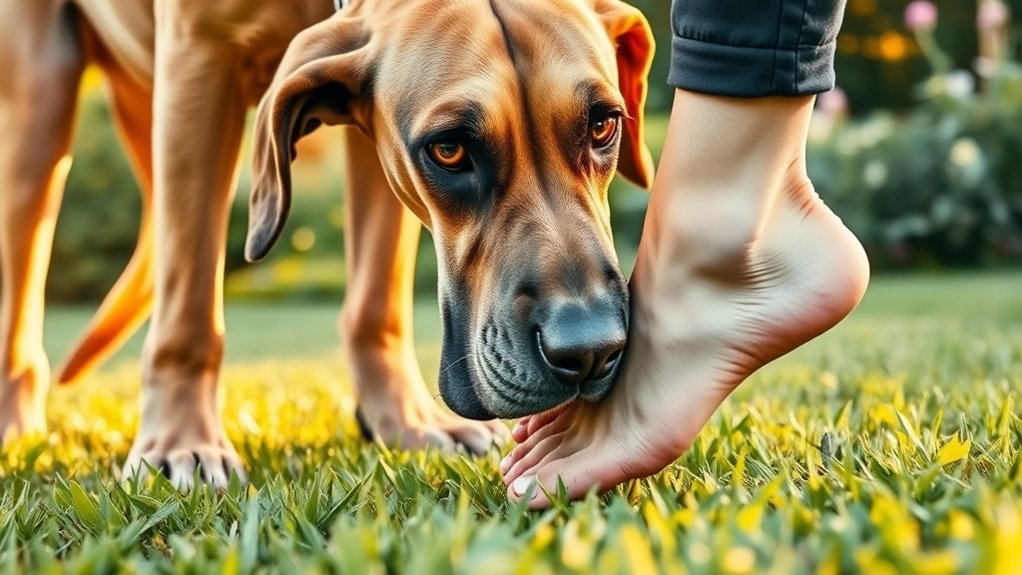
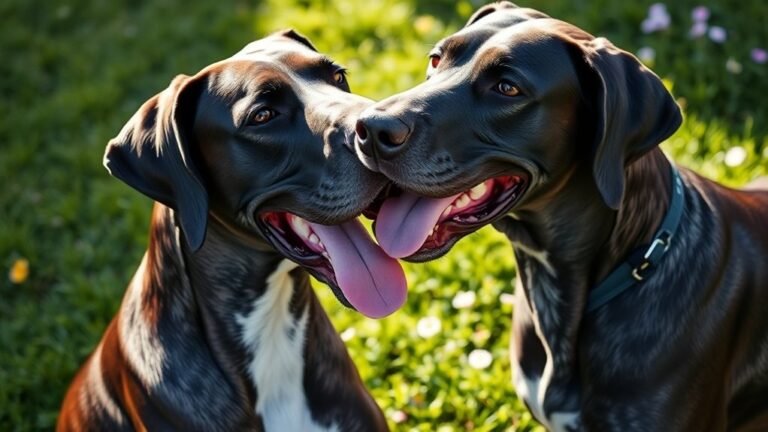
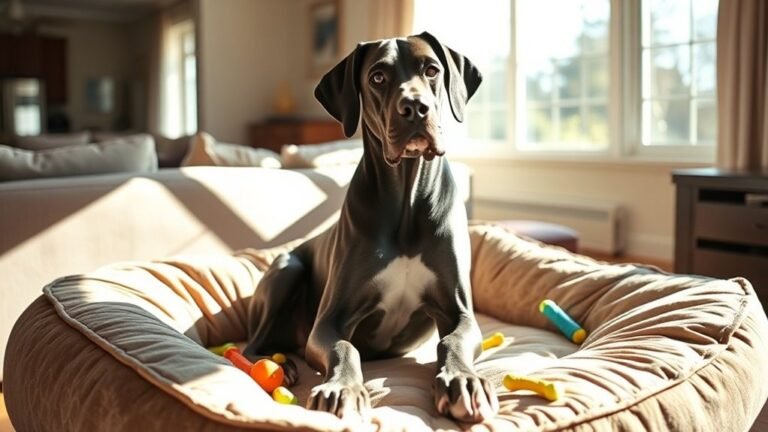


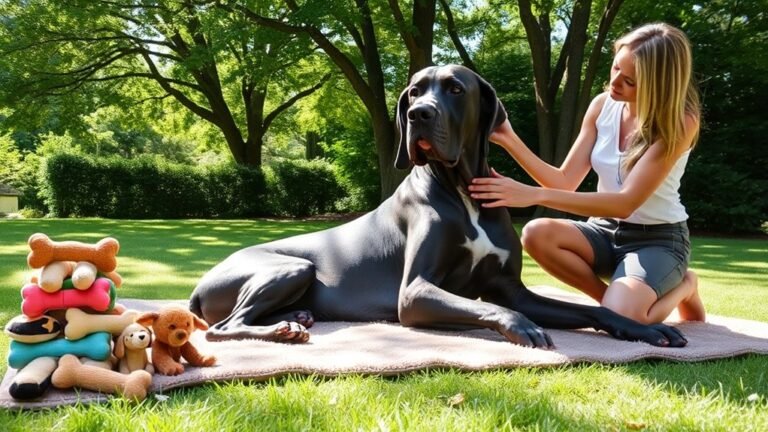

2 Comments